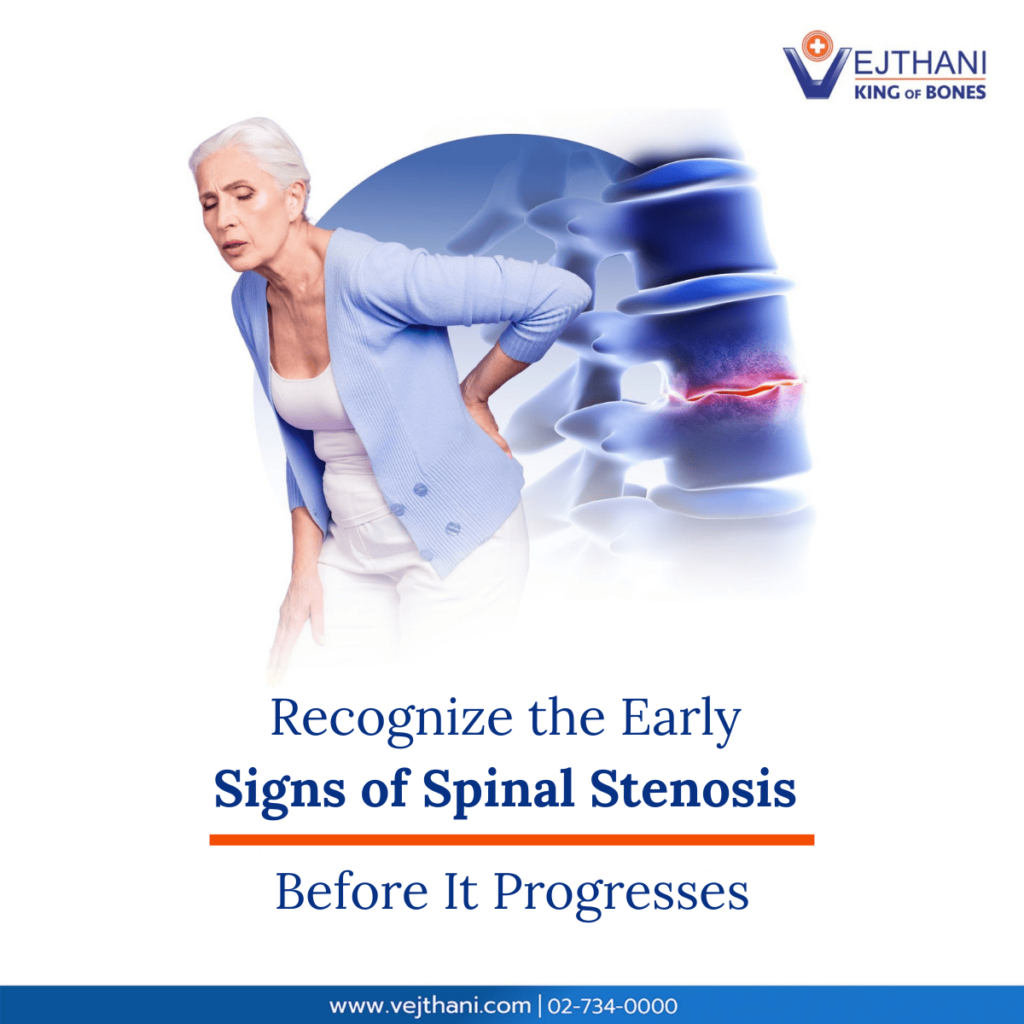Spinal Fusion: A Patient’s Guide to Surgery, Recovery, and Renewed Strength
Are you a candidate for a spinal fusion procedure? We’ll tell you what you need to know and how best to prepare for the surgery.

Spinal stenosis is a common condition, especially among older adults. It typically results from age-related degeneration of the spine, including the intervertebral discs, ligaments, and joints. Over time, these changes can cause the spinal canal to narrow, placing pressure on the spinal nerves. This nerve compression can lead to symptoms such as:
The treatment approach depends on the severity of the condition. Options may include:
Today, many spinal decompression procedures can be performed using microscopic or endoscopic techniques. These minimally invasive surgeries often involve smaller incisions, reduced postoperative pain, and faster recovery compared to traditional open surgery.
If you or someone close to you is experiencing symptoms that could point to spinal stenosis, it’s important to see a doctor without delay. Early evaluation by a specialist can lead to an accurate diagnosis and a timely treatment plan. Addressing the condition early not only helps prevent complications but can also significantly improve the quality of life.
Spine Center, Vejthani Hospital
Call: (+66)2-734-0000 Ext. 5500
English Hotline: (+66)85-223-8888
